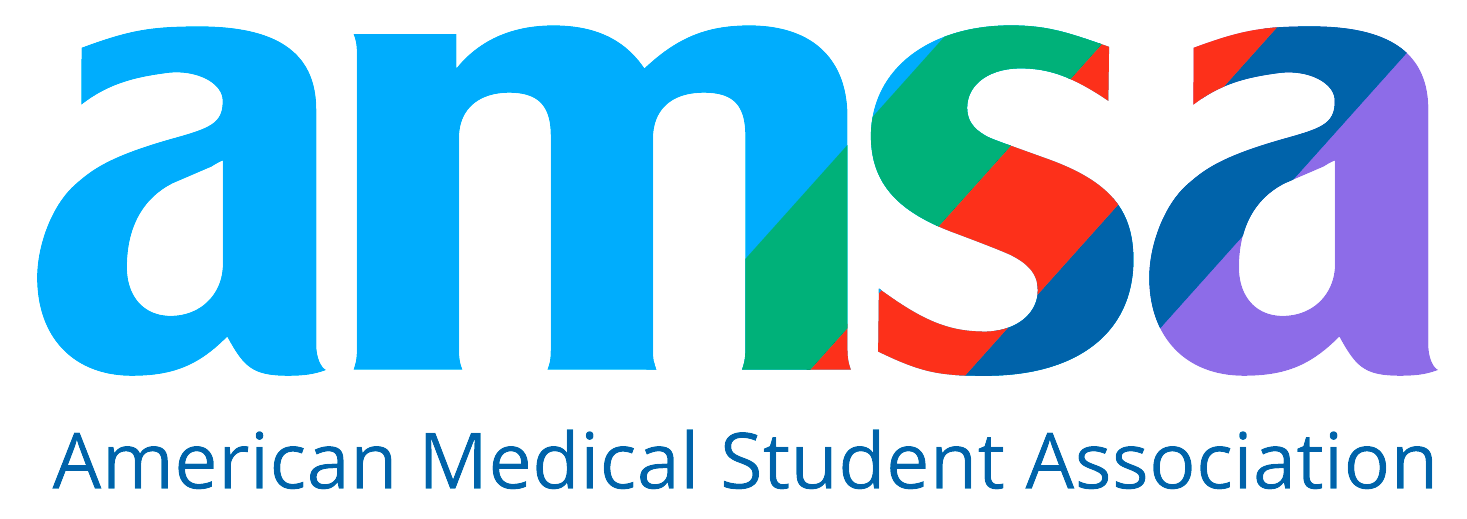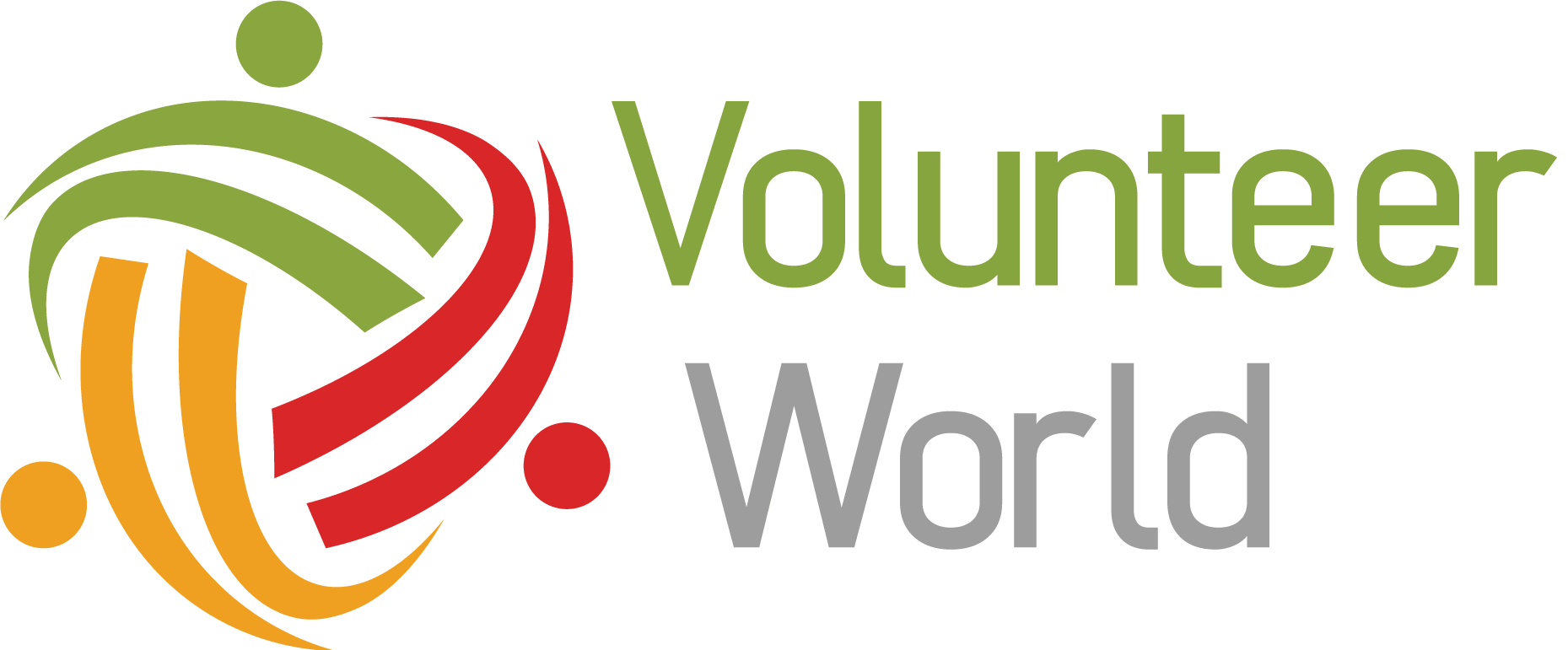20 Countries Where You Can Study Medicine for Under $10,000 Per Year
Go-Elective Abroad
20 Countries Where You Can Study Medicine for Under $10,000 Per Year
The cost of medical school in North America is steep—often exceeding $100,000 per year—putting it out of reach for many. But what if you could earn an MD in a globally recognized program for under $10,000 USD per year?
This guide highlights 20 countries offering medical programs under $10,000/year, giving you affordable alternatives to U.S. and Canadian schools. We’ll explore tuition, living costs, and accreditation, while showing how gaining global clinical experience through a Go Elective internship in East Africa can set you apart—no matter where you train.
Why Cost Matters—and What Else to Consider
- Clinical exposure: Always verify that international programs include hospital placements.
- Accreditation: Look for WHO, ECFMG, IMED, or relevant national recognition.
- Language of instruction: Many programs are in English.
- Licensing: Make sure degrees allow you to pursue licensing where you plan to practice.
- Global health experience: Internships with Go Elective can give you clinical insight even before starting med school.
20 Countries Offering Medical School ≤ $10k/year
Tuition values are approximate and may vary based on program and semester.
A Closer Look at the Most Affordable Options
- Italy – Universities like Bari and Sapienza offer low-cost English MD tracks: ~$1,600–5,000/year
- Georgia – Tbilisi Medical Academy and European Univ. of Tbilisi: $5k–6k
- Russia/Ukr – Public universities like Odesa International Medical University at ~$3,900/year
- Kyrgyzstan – Institutions like Asian Medical Institute charge as low as $2,500–4,000/year
- Cuba (ELAM) – Latin American School of Medicine offers tuition-free training with room and board included
Why These Options Matter
- Economic Access: Dramatically reduces financial burden
- Global Perspective: Learn medicine in different cultural contexts
- Exam Eligibility: Many are WHO-recognized programs, allowing USMLE or PLAB eligibility
- Residency Options: Many graduates pursue residencies internationally or at home
To catch attention in residencies or international tracks, consider complementing affordable medical education with quality clinical experience.
Programs like Go Elective global health internships give you strong public hospital exposure, mentorship, and compelling stories for applications.
Things to Watch Out For
- Language: Some programs require local language competency.
- Living Costs: While tuition is low, living costs differ—Eastern Europe costs less than Western countries.
- Clinical Hours: Confirm the mix of theoretical vs practical bedside learning.
- Accreditation: Ensure the school is listed in WHO, IMED, ECFMG for international eligibility.
Final Thoughts
Studying medicine abroad for under $10,000/year is more than a dream—it's a feasible reality if you're open to international programs. These 20 countries offer cost-savvy paths to medical careers recognized worldwide.
Want to make your CV even stronger? Start your clinical journey now with a Go Elective internship in East Africa, then head into medical school with global perspective and clinical confidence.
Article Details
Categories
Recent Articles , Pre-health, Medical Electives,
Author: Go-Elective Abroad
Date Published: Jul 2, 2025
Travel with us.
Inquire Today!
Go Elective offers immersive opportunities for medical students, pre-med undergraduates, residents, nursing practitioners, and PAs to gain guided invaluable experience in busy hospitals abroad. Discover the power of study, travel, and impact.






